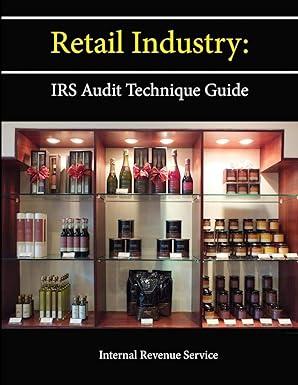Question
The Euro-Logistics LDR company is planning a new investment. The investment is expected to be an expenditure of 70,000, while this expenditure is expected to
The Euro-Logistics LDR company is planning a new investment. The investment is expected to be an expenditure of 70,000, while this expenditure is expected to be paid just before the running of this investment. The revenues per year are expected to be 57,000. But the variable cost, which is the cost of goods sold and is paid for the investments operation per year, is expected to be at the level of 21,500. The Euro-Logistics LDR investment analysis proposes that the fixed costs comprise several selling, general and administrative expenses (without depreciation) and for every year of the investments operation per year these are 4,500. The investment is expected to provide profits for four years and that is actually the investment useful life. The Euro-Logistics LDR company calculates depreciation on a straight-line basis (meaning the same amount is expensed in each period over the assets useful life). In the end of the useful life of this investment, the residual value (salvage value) of this investment is expected to be insignificant. Acceptable payback period for the investment is 2.5 years. Using this information, you are required to: a. Calculate the gross profit and the profit or loss (after taxes) per year if the tax rate for the company is 30%. Next, evaluate the investment with Simple payback evaluation technique (Assuming three decimal points). Should the company run this investment? b. If the tax rate for the company is 10%, calculate the gross profit and the profit or loss (after taxes) per year. Evaluate the investment with Simple payback evaluation technique (Assuming three decimal points). Should the company now run this investment? Discuss the differences due to taxation c. For the above two cases of taxation (a and b), calculate the final profit or loss (the sum) for the four years of useful life, if the company runs this investment, as well as the sum of free cash flows for the same period using the payback period. Discuss the result of the sum of free cash flows in regard to the final profit
Step by Step Solution
There are 3 Steps involved in it
Step: 1

Get Instant Access to Expert-Tailored Solutions
See step-by-step solutions with expert insights and AI powered tools for academic success
Step: 2

Step: 3

Ace Your Homework with AI
Get the answers you need in no time with our AI-driven, step-by-step assistance
Get Started


